How to Find a Lost Contact Lens

Contact lens can be costly for a lot of users, so it’s such a waste to lose even a single piece. Whether you’re using monthly contacts or daily disposables, it’s only natural to look for a missing lens.
Monthly lenses only come in three or six pieces per box most of the time. Meanwhile, daily disposable contacts should be replaced every day and a missing lens can force you to buy another pack of 30 before the month ends.
Luckily for all contact lens users, dirty lenses can still be thoroughly washed, clean enough to avoid eye irritation, eye infections, and other harmful particles. So, don’t hesitate to look for lost contacts.
How to Find Lost Contact Lens
Surprisingly, it’s very easy to look for missing contact lens even if the area is too dark and crowded with furniture. You just need to be alert and patient while using the right materials like a vacuum cleaner, nylon fabric, and flashlight.
The glassy or crystalline appearance of contact lenses has a huge advantage after all aside from the clearer vision it guarantees. The trick is to shed some light on it–literally! Learn more about it as you go over the following tips below:
#1. Search right away.
Sure, you can wash off dirt from contact lenses, but there’s still a risk of infection if the microorganisms really took their time penetrating the surface. Act fast, don’t wait, you can reduce the likelihood of particles or bacteria getting stuck on the soft material by searching for the contact lens immediately,.
The lens is also more vulnerable to any form of damage the longer it stays outside its case or your eyes. If it’s on the floor, someone might step on it. If it’s under the furniture, the base or leg might drag the contact lens all over the place as you move the structure. The contact lens might even endanger a pet’s life if ingested.
Another possibility is you can’t find the lens anymore. The longer you take action, the harder it is to locate the missing contact lens because it can transfer from one spot to another due to sudden movements in its surroundings.
To prevent moving the contact lens without meaning to, spend some time searching right in the area where you lost it in the first place. Also, don’t use any kind of footwear during the search to avoid stepping on the contact lens too hard.
#2. Pick the contact lens up with a vacuum cleaner.
It goes without saying that a vacuum cleaner alone is a bad idea because it will only suck the contact lens in, all the way to the dust bag. That’s why it needs something to block the lens without stopping the flow of air. The key is to use a sheer yet strong and elastic fabric, hence nylon.
You don’t need to spend a lot of time and money looking for nylon fabric. You can simply use a pantyhose or an extremely thin sock.
What you need to do is to wrap the fabric around the vacuum’s nozzle. Then, take your time moving the nozzle around the area without forgetting to check it sometimes just in case the fabric already catches the contact lens.
#3. Use a flashlight to locate.
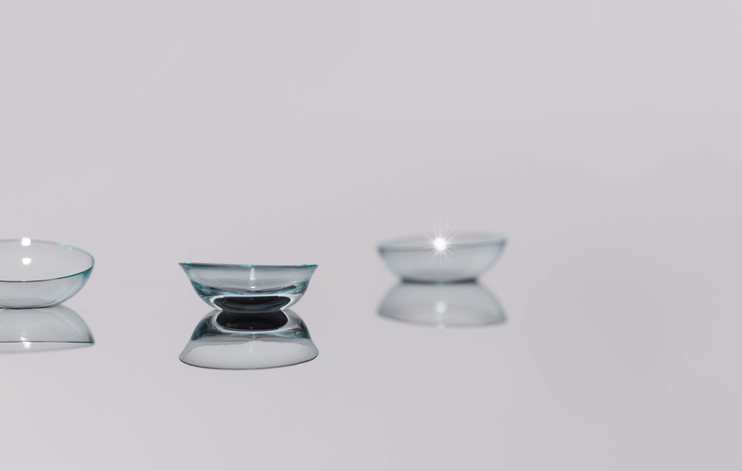
Here, we’re taking advantage of the reflective material of contact lenses. Once the light hits the shiny material, you can instantly see the difference from other objects you might see near the lens and start your search.
However, you should turn off the lights first to really maximize the brightness of the flashlight. You must also move the device slowly to avoid missing the subtle shine of the lens. The beam of flashlight should go horizontally.
If you want to do this before using the vacuum cleaner, use the flashlight to spot the lens first and then reach with the nozzle as a way to pick the lens up instead of your own fingers. But, you can also use the vacuum and the flashlight at the same time to monitor the nozzle’s movement. Meanwhile, if the vacuum method fails, you can simply resort to the flashlight and reach for the lens yourself.
What to Do After Finding the Lost Lens
Obviously, you should clean the lens right after picking it up. However, what exactly is the correct procedure in disinfecting contact lenses? You should also be aware of the risk of using damaged lenses, thus the brief discussion later on how to check even for the tiniest sign of breakage.
Inspect for any sign of damage.
We all know how smooth the curve is of a perfectly fine lens. That will actually make it easier for us to spot tears or cracks around the material no matter how tiny. This will only work, though, if you’re going to do the inspection under bright light since you’ll notice something off about the reflection if there’s a flaw on the surface.
Once you notice a little rip or crack, discard the lens immediately and replace it with a new one. You can also wear eyeglasses instead if you don’t want to ruin the intended schedule of replacement to save money.
Why is it necessary to throw away broken lenses? A crack on the lens can scratch the cornea. That will only lead to irritation. The damaged part can also destroy the lens shape, making it painful for your eyes and head because of the incorrect fit.
Clean the lens properly.
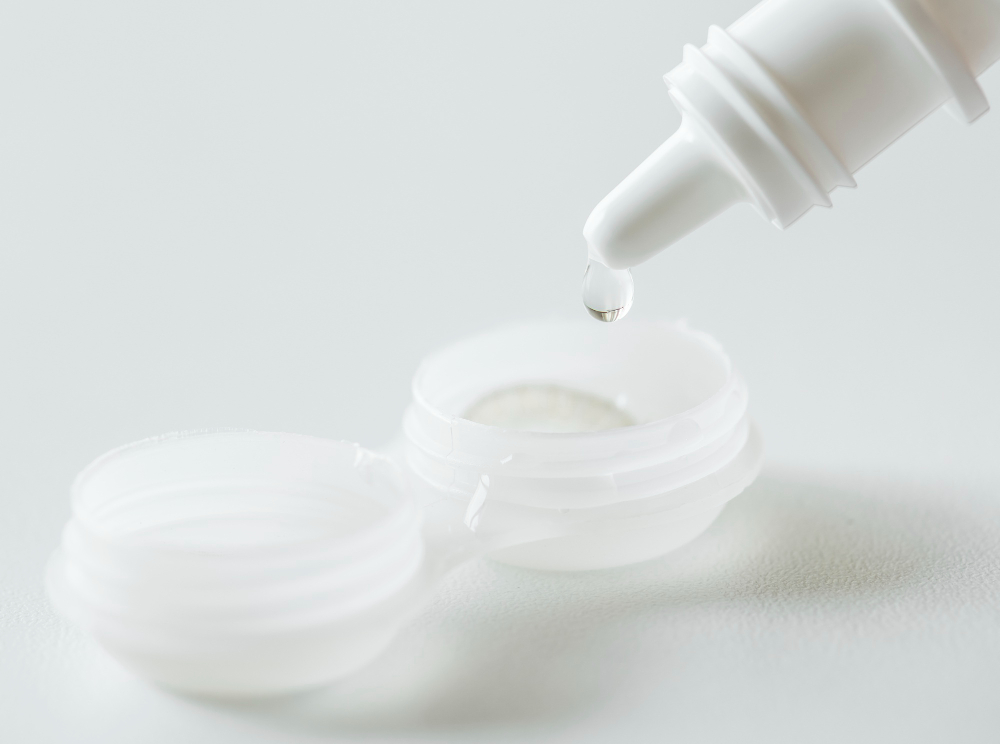
There are only two major rules here. Firstly, never wash contact lenses with any type of water, including tap water. A contact lens solution is enough to thoroughly clean the lens.
But, what if the water is totally safe to drink? Isn’t that enough proof that it’s clean? Still a big no. Lenses need something to disinfect them and clean water can’t do that at all.
Rule number two: only use a multipurpose or hydrogen peroxide solution to clean the lens. Saline solution is not for disinfecting.
Let it rest in the case
It is also wise to insert contact overnight into a case to ensure they are properly cleaned.
If after all that you feel eye irritation when putting the lens back, try to use some eye drops to help move it around the eye. Don’t rub your eye. If this does not help, then consider getting the new pair of contact or repeat above steps.
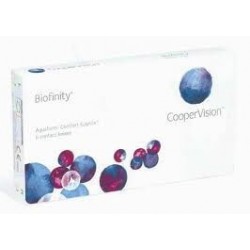
Biofinity contact lenses (6)
Order biofinity contact lenses without prescription veryfication Biofinity contact lenses by CooperVision offer an optimal bl...
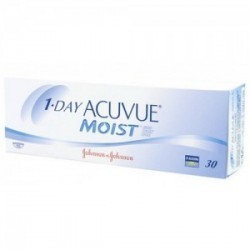
1-DAY ACUVUE MOIST without a prescription
1-Day Acuvue Moist Contacts are available without doctor prescription The 1-Day Acuvue Moist Contacts are designed to be worn...
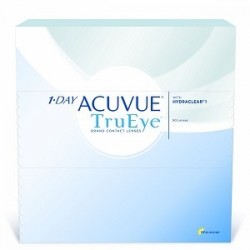
1-DAY ACUVUE TRUEYE (90)
The 1-day Acuvue TruEye is a disposable contact lenses designed for people who want to keep their eyes healthy without the ...
Conclusion
If you are a contact wearer, it is important to know how to find a lost contact lens. Whether you are using monthly or daily disposable contacts, make sure you know the proper way to clean and store your lenses. Additionally, if you happen to lose a contact lens, don’t hesitate to look for it! Dirty lenses can still be thoroughly washed and cleaned. After finding the lost object, make sure it doesn’t have a crack and clean it thoroughly with the right kind of contact solution.
You will also like:






